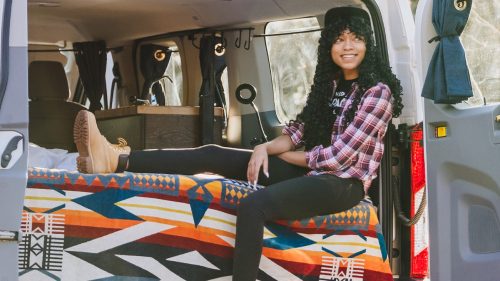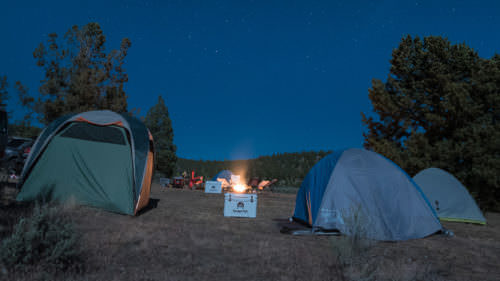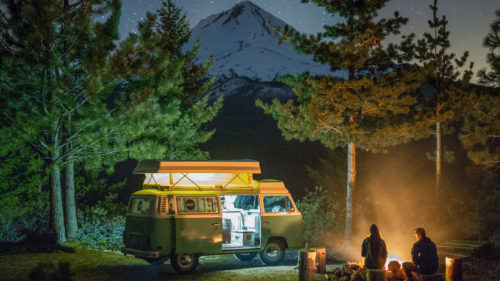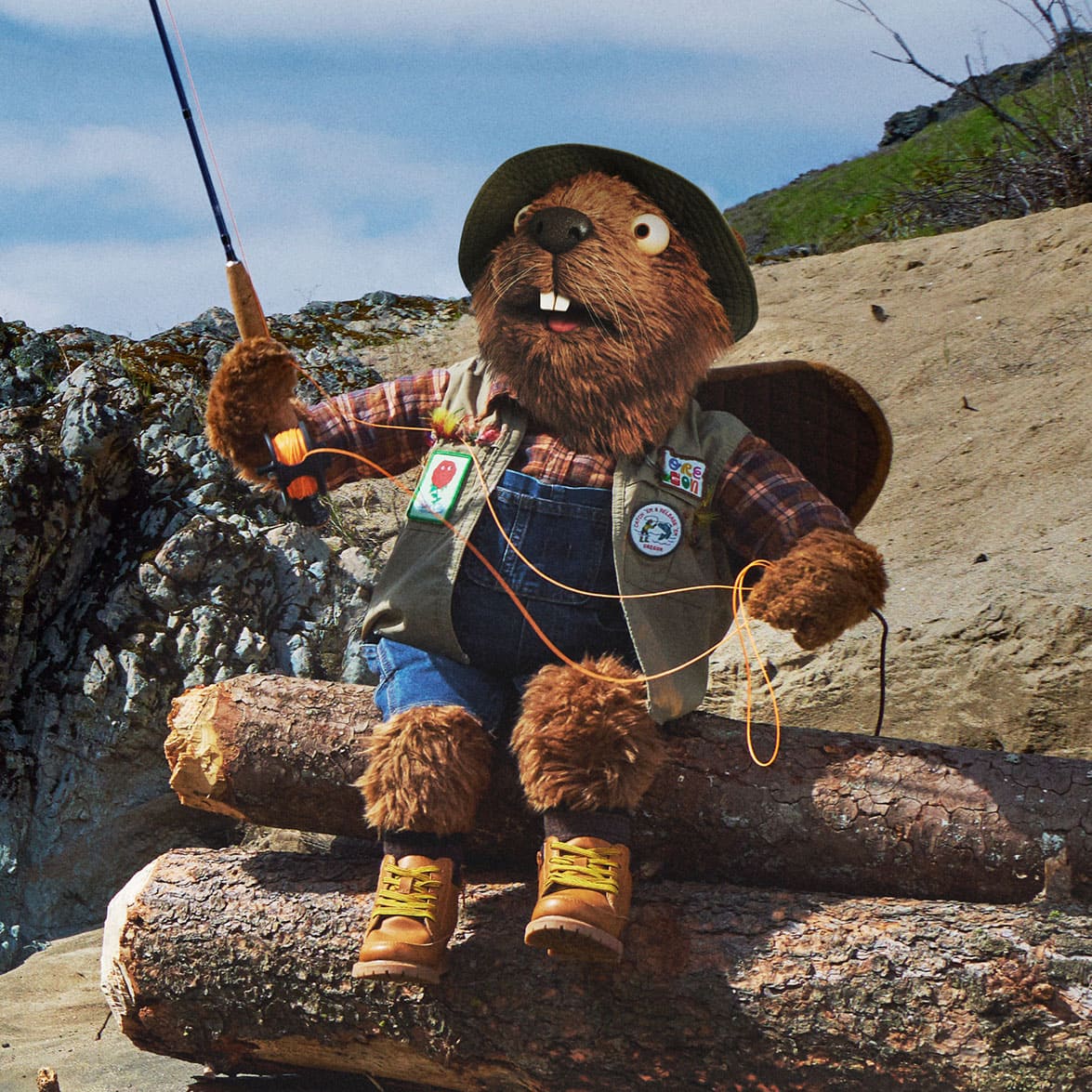A few summers ago, my wife and I hopped into our truck and drove off into the spatter cones and lava flows of the Deschutes National Forest south of Bend. We’d been down these dirt roads many times before, either to hike Bessie Butte or to find our way out to Hidden Forest Cave. Now we had our sights on a lesser-known peak, 5,236-foot Luna Butte, a pleasing gumdrop of cinder and pinewood where the earth rises into the blistered highlands of Newberry National Volcanic Monument. Here, just 4 miles from the more popular Lava Butte and less than 15 miles from our home in the heart of Bend, we wouldn’t see a soul.
What really intrigued us, however, was how much farther we could have gone. Oregon has more roads crossing national forests than any other state, a whopping 70,952 miles that wriggle around mountains, forests and deserts. Bureau of Land Management roads add at least another 21,000 miles. Some are overgrown and impassable with most vehicles. Others unfurl as smooth as a gravel highway. Follow them and they’ll lead you to quiet trailheads, places to watch wildlife and fascinating vestiges of Oregon history. Come evening, camp is where you make it, and perfecting your campcraft is fun.
Sounds great but it isn’t easy. You need the right vehicle, the right gear, and the courage and skills to navigate unpredictable roads. Phone service is minimal to none. There’s no running water, no gas, no restroom. In some places, a little rain can turn the dirt to gumbo and leave you stranded.
But for those who love a certain kind of self-sufficiency, a vast Oregon playground awaits. I didn’t know it then, but the trip to Luna Butte had planted the seeds. My great future summer of overlanding had begun.
Mapping the Route From Bend to the Alvord Desert
Jason Darrah has been looking at those same roads south of Bend for a long time. He’s something of a professional overlander, with a YouTube channel called Primal Outdoors and a website dedicated to the lifestyle. Based in Central Oregon, he spends most of his time traveling great distances down remote dirt roads in an adventure van he’s built out to carry everything he needs. The journey matters more than the destination; that’s overlanding in a nutshell.
“Here in Oregon, we have a lot of public land with some very remote regions, and people can definitely get that true overland experience,” he says. “It doesn’t have to be extreme.”
Darrah spent months mapping and visiting existing roads for a new overland route he’s created that goes from Bend all the way to the Alvord Desert, 315 miles southeast. Less than 1 mile of it touches pavement. Along the way it passes otherworldly landscapes, like the sand dunes of Christmas Valley, and a remote federal monument where an A-6 Intruder plane crashed during a night training mission in 1973, the tail section still rising eerily out of the steppe. Near Lakeview on the edge of the Guano Creek Wilderness Study Area, you can stop off at the Historic Shirk Ranch, a homestead from the early 1880s. The Alvord itself is legendary for its mesmerizing salt flats.
Those are the more famous places out there. Spend several hours looking at the maps and hunting for other places to go. There’s the Lost Forest Instant Study Area and the vastness of the Poverty Basin. You can climb 2,000 vertical feet coming over Hart Mountain, home to herds of wild pronghorn, but please observe the seasonal closures. The Willow Creek Ruins in the Trout Creek Mountains will have you wondering what it was like to live there.
Being prepared is crucial for coming out here, but Darrah says the route’s pretty forgiving, too, with ways to get back to pavement. “It’s just an off-road trek through some beautiful country,” he says, adding that the best time to go is between July and November, when the mud is at a minimum.
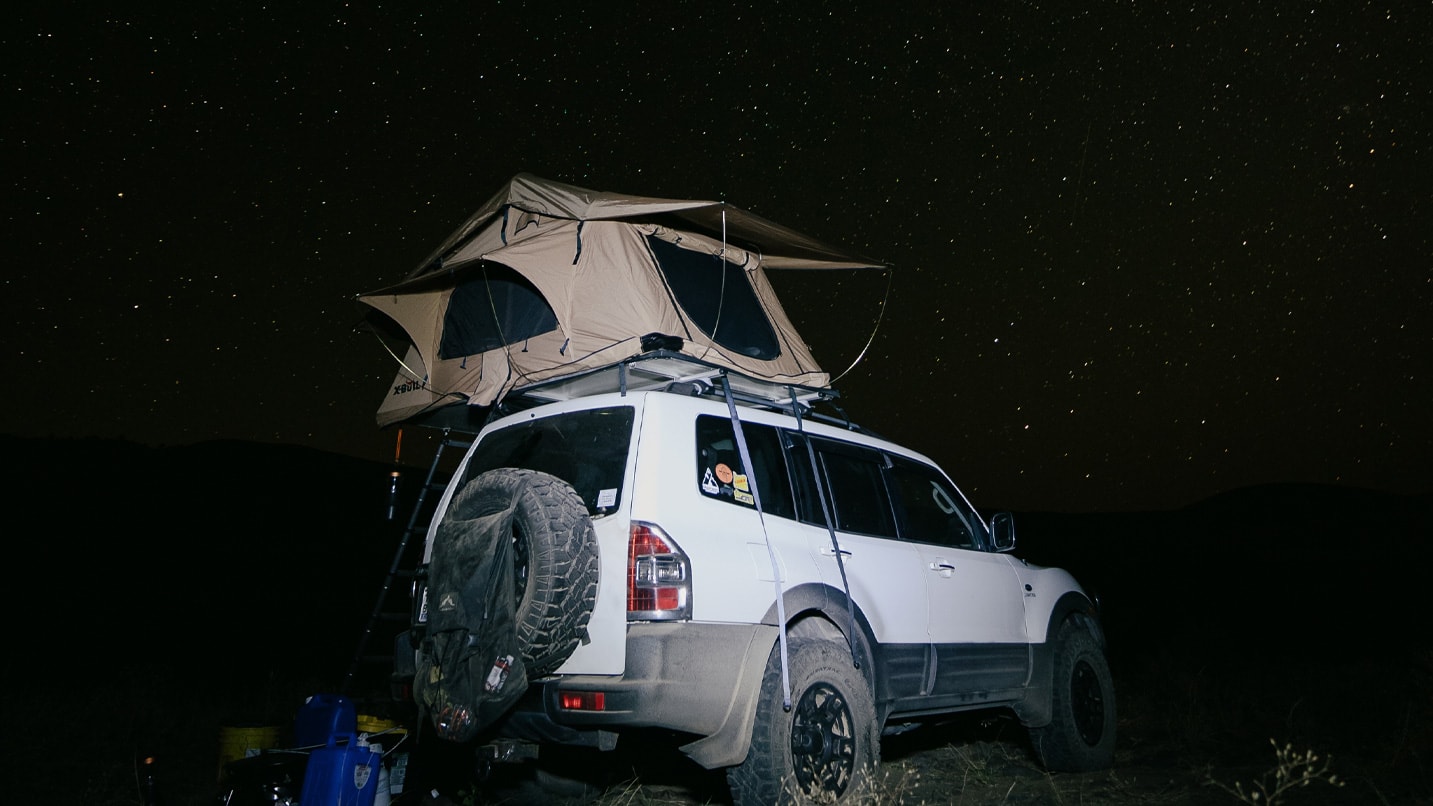
Getting Started in Overlanding
There are countless other routes around the state and great resources to investigate them. Websites like Primal Outdoors, Overland Trail Guides and iOverlander, as well as Facebook groups like Oregon Overlanders, are all great places to start. For adventure motorcyclists, check out the Oregon Backcountry Discovery Route. Apps such as OnX Offroad and Gaia GPS are essential for navigating, route planning and sticking to camps on public land. Please minimize your impact and respect the working ranches and private parcels you will cross.
The best way to start overlanding is to do it with people who know what they’re doing. You can take classes on navigation, equipment management and the nuances of tire pressure at the Overland Expo in Redmond. You can hone your recovery skills with a new course at Oregon Adventure Trucks. Better yet, call Tory Schmidt and her husband, Jeff, who run Calamity Butte Guide Service. That’s a Burns-based overlanding outfit that organizes guided trips and offers services to help with the peculiarities of going off-road. Not sure how to operate a winch? They can help. What’s the best way to haul water? They know. Need a fuel resupply or your entire trip catered? They can do that, too.
“It’s our area of Oregon and it’s so amazing,” Tory says. “You can pretty much go anywhere.”
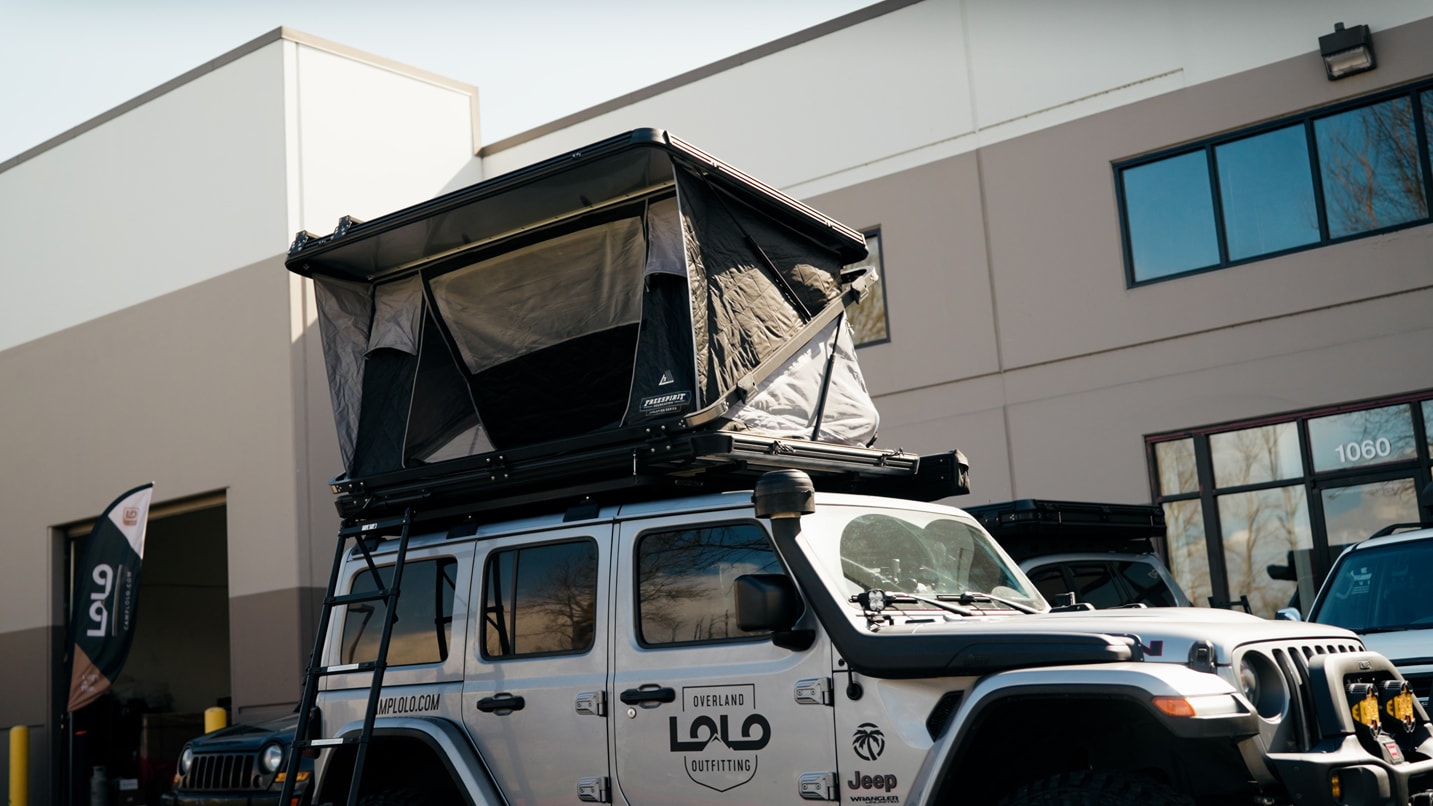
On the Road Again
As summer neared in Central Oregon, I began to pore over Darrah’s route, marveling at places like Mugwump Lake and the springs you might find on Hart Mountain. While I waited for the earth to dry, I did what any outdoorsy, loving husband would do — I told my wife I needed more gear.
Equipment does play a role for safety and comfort, and shops like Lolo Overland in Troutdale, Mule Expedition Outfitters in Tualatin and Wanderlust Overland in Oregon City can help. You should always bring some basics, like a first-aid kit and an emergency satellite communicator. You’ll want a good jack, a shovel, traction boards and not one but maybe two spare tires, thanks to all the rubber-shredding obsidian strewn about these parts. “It’s like driving over glass,” Tory says. “And don’t forget about a toilet.” Look into WAG bags and other ways to safely contain waste.
And so I did my duty and researched rooftop tents at places like Cascade Vehicle Tents and racks at Cascade Rack in Bend, eventually settling on a sweet Thule system that deploys over the bed of the truck in seconds and makes you feel like a kid in a fort. At REI in Bend, I found solar panels and a giant battery that could power a chainsaw as well as lights around camp. I bought an eco-safe toilet that fits in a large ammo can. There’s no better cooking than outdoor cooking, so I perused the aisles at my local sporting goods store looking for ways to upgrade our kitchen while dreaming of campfire cobblers and pies cooked fresh on a portable pizza grill.
What matters most is that it’s all ready to go. The gas tank is full. The water jugs are stashed. Come that first warm summer weekend, we will pile in and roll out to find the greatest campsite ever. We’ll hike our own butte in the afternoon and watch all the stars at night. Come morning, we’ll head down the road once again, looking for all the adventures a day can hold.
